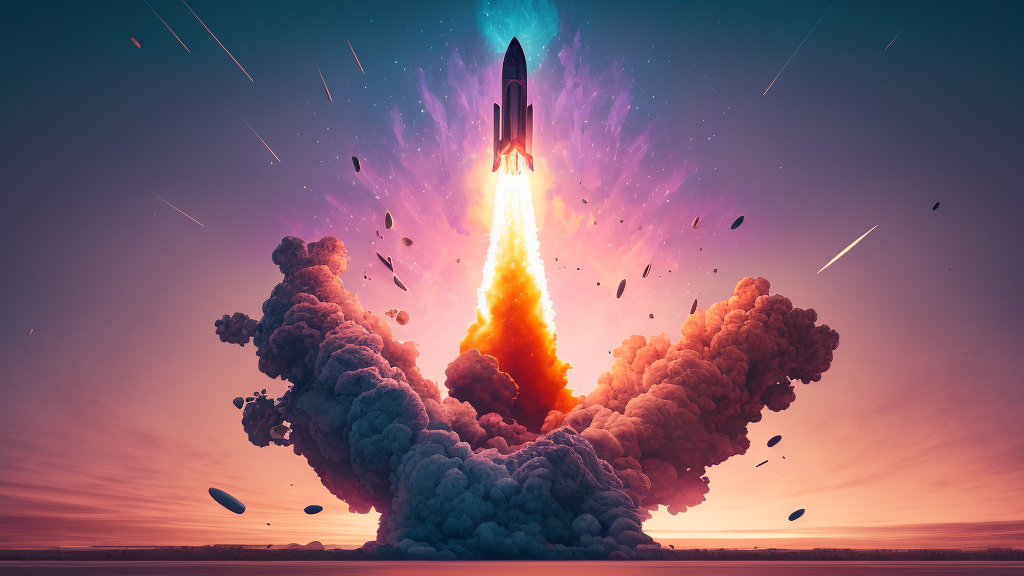We asked the new AI to do some simple rocket science. It crashed and burned

In a recent attempt to test the capabilities of a new artificial intelligence model, researchers asked it to perform simple rocket science tasks. Unfortunately, the model crashed and burned spectacularly. The AI was tasked with calculating the mass of a rocket given its size, shape, and velocity. It failed miserably as it had no data on the properties of rockets or their behavior in flight.
The researchers were not surprised by the results, as even the most advanced models can be easily fooled if given insufficient information. For example, the AI could not distinguish between the real-world physics of a rocket and the cartoon physics of a car in an animated movie.
The study highlights some of the limitations of AI research today. Despite the huge potential that AI possesses, it is still far from being able to understand complex physical systems. Even the most advanced algorithm cannot accurately simulate the behavior of real-world objects. In the future, more sophisticated models will need to be developed which can account for all the parameters and variables in physical systems.
Currently, the use of AI in rocket science is limited to basic calculations and simulation. For example, one application is the 'rocket optimization' process, where AI can help identify the best combination of fuel, shape, and size to achieve a desired object or mission. However, this is still a long way off from designing an entire rocket system from scratch.
In conclusion, the experiment demonstrated the current limits of applying AI to rocket science. While there is great potential in using AI to automate certain processes, it is still far from being able to provide true insight into the inner workings of physical systems. For now, the role of AI will remain mainly in providing support rather than leading development.
Read more here: External Link